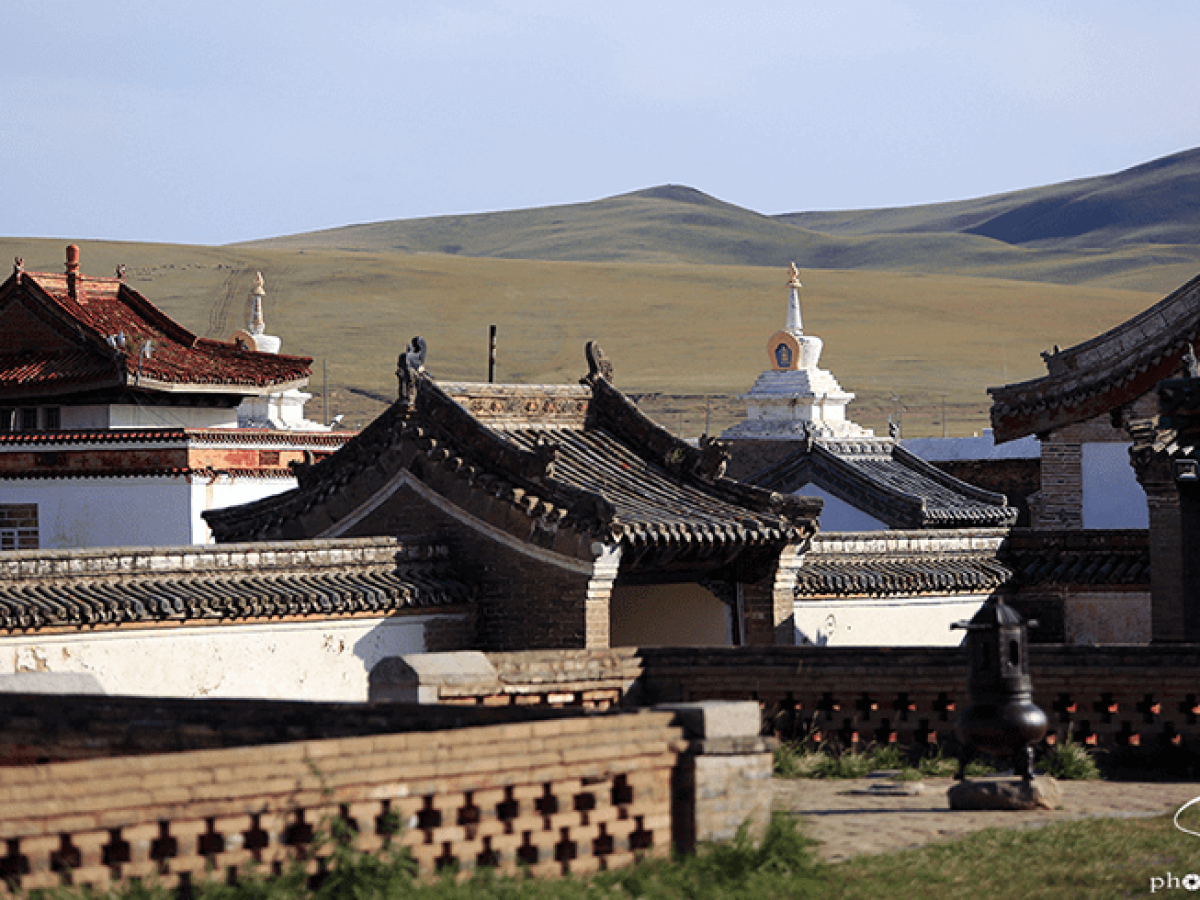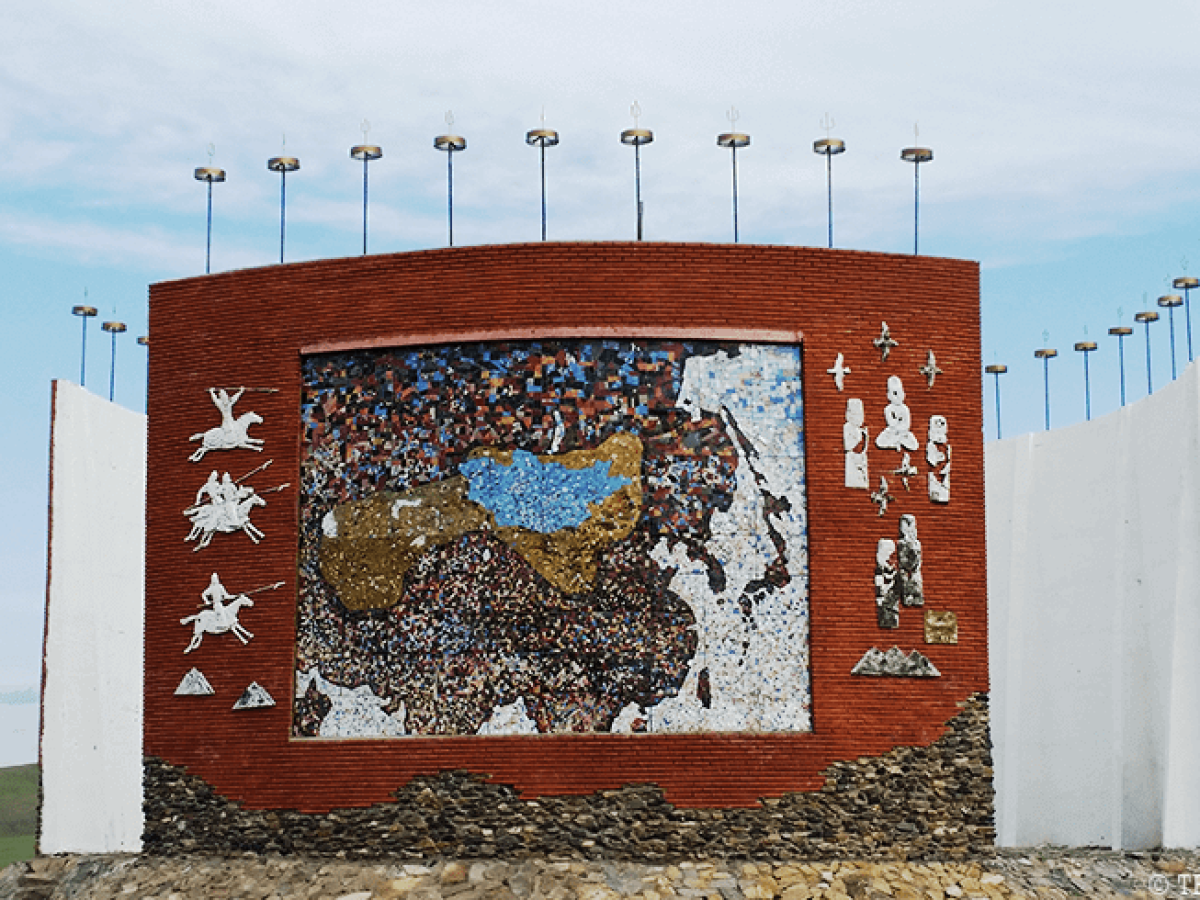Kharkhorin or Karakorum was the capital city of the Mongols in the 13th century. Said to have been a beautiful town, it was established by none other than Chinggis Khaan. Surrounded by tall fences, it consisted of districts such as Mongolian ger district, Arabic, Chinese, and many others. The main palace of the Khaan was called Tumen Amgalan or “the 10 thousand of peace” Palace. It was decorated lavishly with a man-made lake in the front and the famous Silver Tree Fountain in view.
However, not long after its founding, Khubilai Khaan, the grandson of Chinggis Khaan, moved his capital to Beijing of now. From this time in the middle of the 13th century, Karakorum started to decline. Subsequently, it was destroyed a bit more than a century later.
However, in 1585, one of the Golden blood Khaans /the king’s blood/, Altan Khaan decided to build a Buddhist Monastery on top of the ruins of this ancient capital. It was called the Erden Zuu Monastery, still standing and accepting visitors to this day.

Kharkhorin in modern times is one of the common smaller towns of Mongolia. It is considered as one of the harvesting towns of wheat and Sea Buckthorn berries. Small local administrative buildings and colored roofs can be seen from the hill overlooking the town. And opposite the town view, you can see the Orkhon river valley inscribed by UNESCO as World Heritage.
The Monument of Mongol states located on top of the hill makes a perfect location to capture both town and valley below, and for a good walk.

